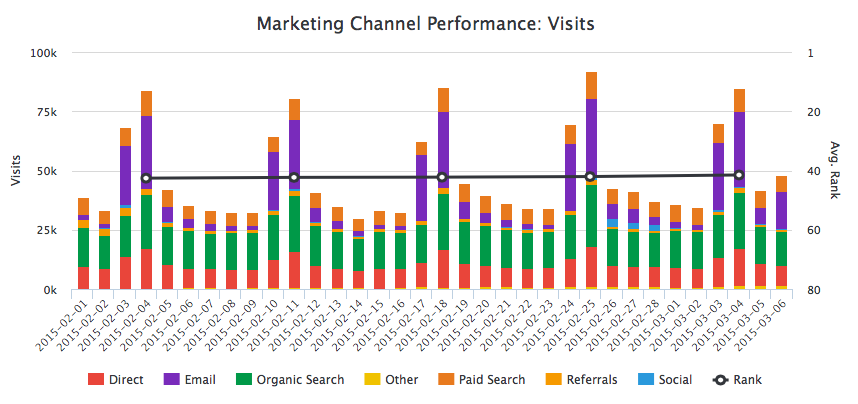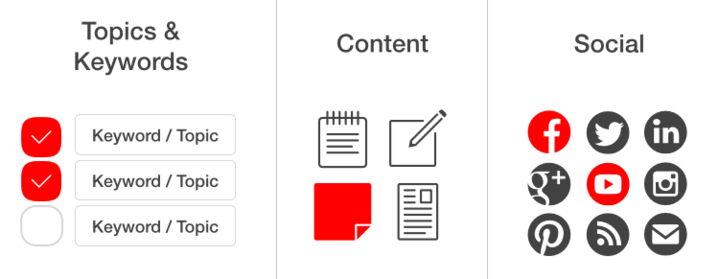Paid advertising meet content marketing. No longer can these two functions operate separately within an organization. The move from attribution metrics to a customer-centric view has brought (gasp) advertising and content marketing together.
Attribution Metrics Too Narrow
Attribution models are focused on measuring the effectiveness of display advertising and the “last touch” metric to determine which ads are the most effective. While this method will help to explain which ads are driving traffic and creating conversions, what it doesn’t explain is how the customer got there in the first place. Measuring the influence of ads is just one piece of a much larger puzzle. Before you can fully understand your advertising effectiveness, you must understand the customer journey. Enter content marketing analytics.
Gone are the days that customers can be won over by catchy advertising alone. Today’s customer is discerning and intuitive. Purchasing decisions are made based on need and research. Before making buying decisions, customers can educate themselves about your product and user experiences through online reviews. The customer centric view understands this process and creates content to answer frequently asked questions and distribute industry information.
Integrate Paid and Organic Channels
Content creation is a minimum practice. Generating effective content marketing campaigns involves understanding your customer and what they need. Creating a meaningful message across channels to include both paid and organic requires sharing results and keywords between previously siloed departments. The pay off for integrated efforts is a better understanding of your customers and how they are interacting with your message and your competitors.
A large percentage of marketing resources are already being allocated to content marketing. Using those resources to drive prospects to display ads and ultimately to conversions seems like a natural evolution of the ecosystem. Brands can use unique messages across channels to differentiate themselves and focus on the needs of potential and existing customers. In the end, sharing results and optimizing for keywords and topics will benefit both the paid and the organic efforts of a company.

Map Out the Customer Path to Purchase
The customer centric approach requires that brands get to know the customer and understand changes in behavior and preferences over time. The customer journey must be tracked and measured over all the channels, including:
- Email Campaigns
- Site
- Paid Search
- Social
- Referral
- Content
Mapping the customer journey will provide the insights you need to know what content to create and when. Overcoming attribution paralysis and understanding how each of the channels and messages affect each other will help brands to understand the industry and get a better idea of the customer persona.
Elevate Your Message
Once you know your customer and know what they need, you can begin your own journey into creating a customer centric message. With all the noise on all the channels, brands are going to have to offer something unique in order to get found. Don’t be afraid to be bold. Content creation goes beyond writing an article or blog; use video, slide share, ebooks, and other tools to tell your story in an unusual way.

Dare to do something great for your customer. Offer value and help them save money or increase profitability today. Encourage your customers to refer you to other customers. Use what you are learning about your customers to inform your next steps. If your audience is talking about your product on Facebook or showing a picture of how they used your product on Pinterest, use those insights to create content or an ad campaign. Sharing knowledge across the teams will help to elevate the value of the work each team is doing and align your efforts with company goals. Some things to look for include:
- What content is driving traffic to your ads/website
- What creative is getting noticed
- What is happening on social channels
- What are competitors doing
- What are customers/prospects talking about
- What are hot topics in your industry
- What are some of the trends that you can take advantage of
- What opportunities are you missing
- What efforts are successful
The trend toward more content creation does not mean the end to paid creatives. One channel does not eliminate the need for the other. What is clear is that both sides can learn a lot from each other. Sharing objectives and information will create stronger messages on both sides and move brands to be more customer focused and less focused on the individual tasks and deliverables.

